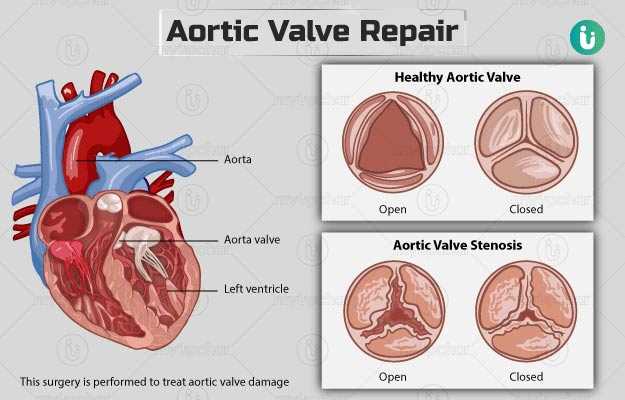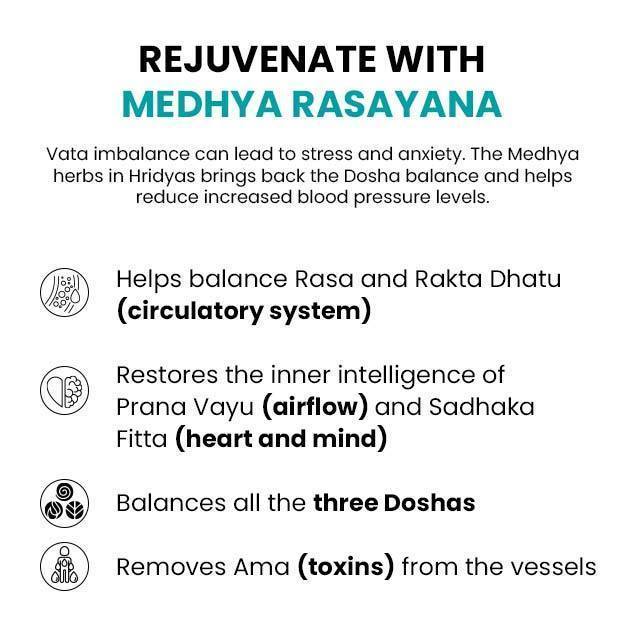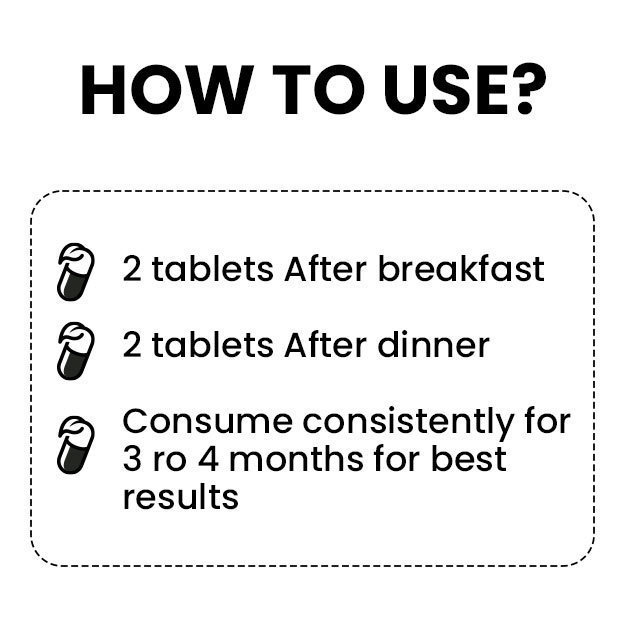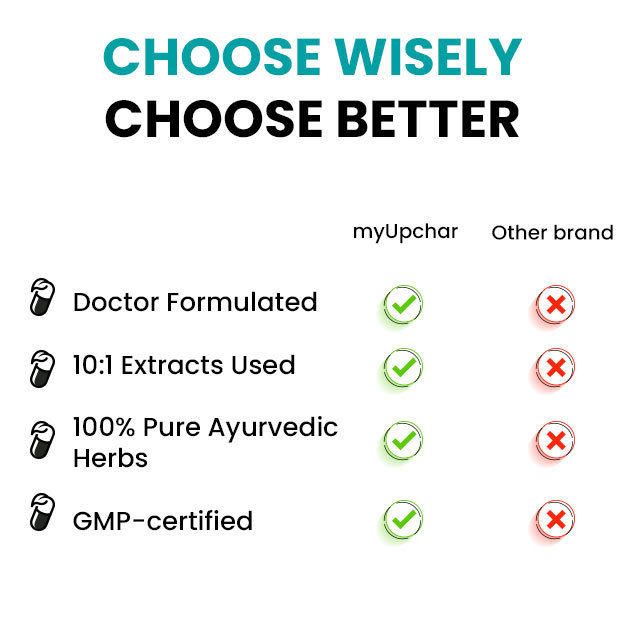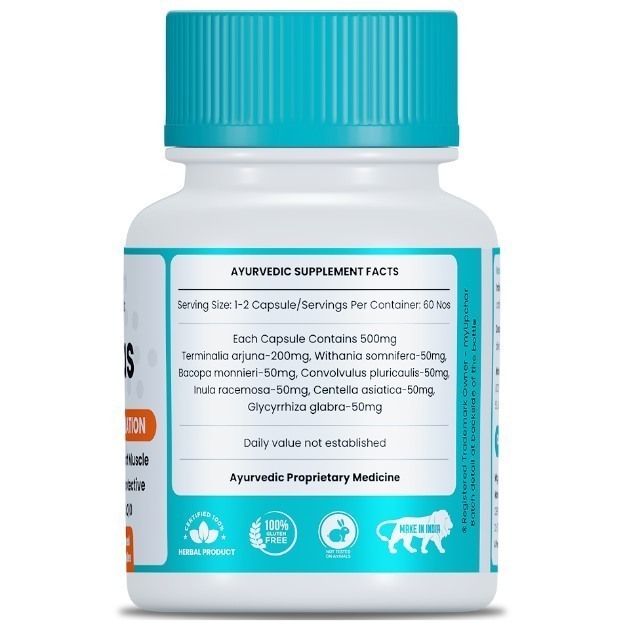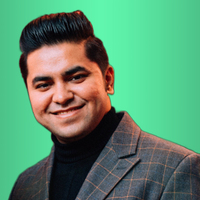Summary
Aortic valve repair surgery is performed to treat aortic valve damage. The aortic valve consists of three flaps of tissue that prevent the backflow of blood from the aorta (the artey that supplies blood from the heart to the body) to the left ventricle in the heart. If the aortic valve does not work properly or gets damaged, it can lead to malfunctioning of the heart.
Please check this page for complete heart disease treatment.
Before an aortic valve repair surgery, you will have to undergo several diagnostic tests to ensure that you are fit enough for the procedure and to identify where exactly the problem lies. It is essential to fast before the procedure, starting from midnight before the surgery. During the operation, the surgeon will give you general anaesthesia to keep you asleep. After the surgery, a healthy lifestyle and staying active can improve your recovery.
(Read More - Enlarged Heart Treatment)

